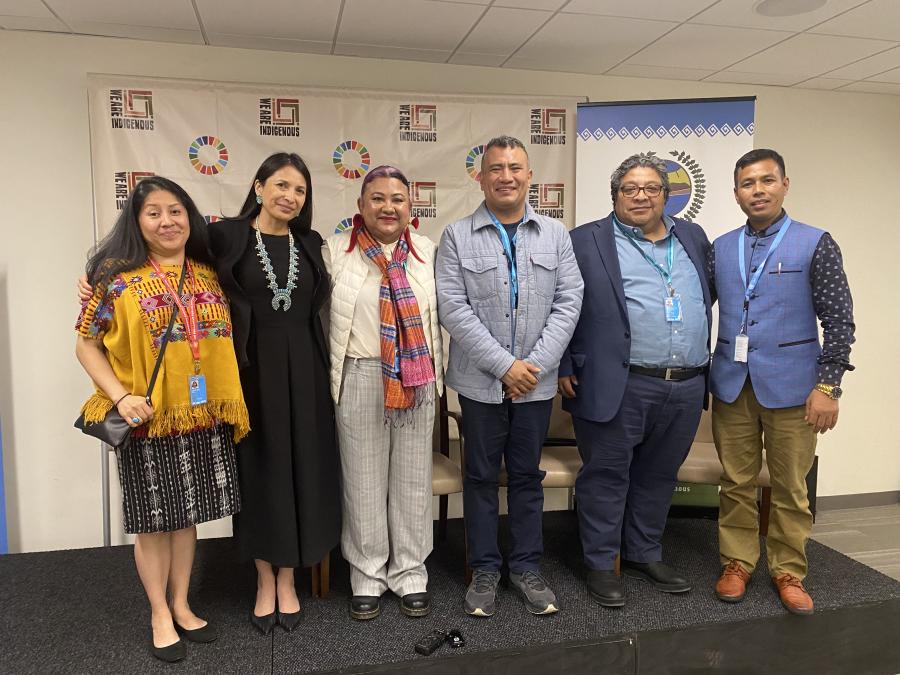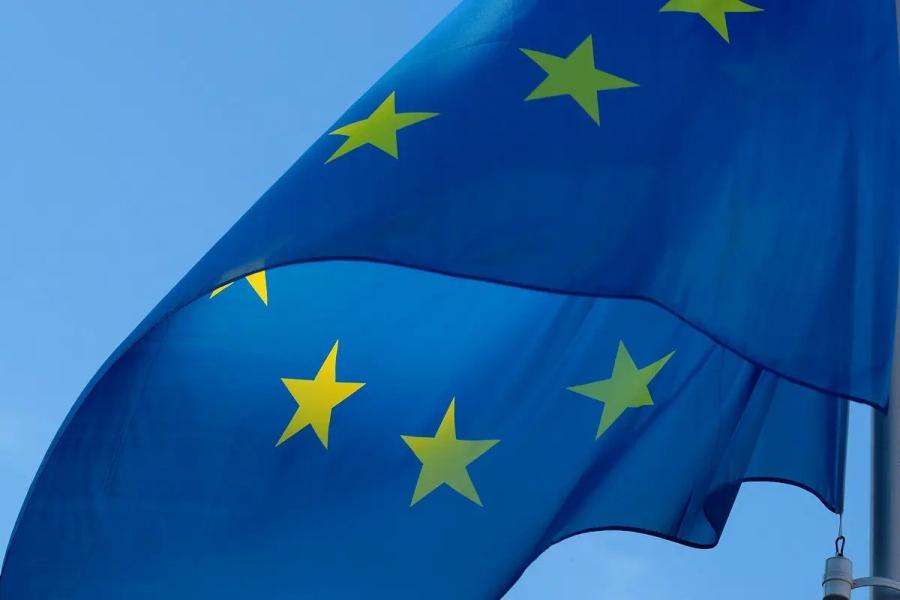Every four years, representatives of 27 Pacific island countries come together in one of the longest-running and largest celebrations of indigenous culture in the world: the Festival of Pacific Arts. The festival was started in 1972 by the Conference of the South Pacific Commission as a way to stanch the loss of traditional culture through development and assimilation. It was intended as an opportunity for island communities to share cultural traditions with each other and with people from outside the Pacific region, and it has grown to include a wide range of cultural forms, including dance, music, painting, carving, tattooing, filmmaking, architecture, healing arts, ceremonial arts, navigation and canoeing, culinary arts, fashion design, and many more. Each festival attracts more than 2,000 artists from all 27 countries.
The festival creates a sense of community for small, extremely remote island communities and gives young people, who are most susceptible to cultural corruption, a sense that their cultural traditions and identity are valuable and worth preserving. Many teams of young people train for the festival for years. (There are no competitions at the festival, but each delegation takes its representative role very seriously.) Many ceremonies have been revived or recovered as a result of the festival, and many islands have enjoyed growing tourism income as a result of hosting the festival.
Hosting rotates among the 27 participating countries. Last year, American Somoa was the host nation. The event was held in July on Pago Pago, and featured an amazingly wide assortment of art forms, from pig roasts and traditional tattooing to the rock band Black Rose from the Solomon Islands (which will host the 2012 festival) and a young Tongan rapper performing in the venue called the Jam House. The photographs that follow provide a glimpse of some of the goings-on.
John Newton is a photographer, publisher, and web designer who lives on Pago Pago. Miquel Zarraga’s photos were taken for the Secretariat of the Pacific Community. Special thanks to David Kahn and Patricia McFarland for help with this essay.



